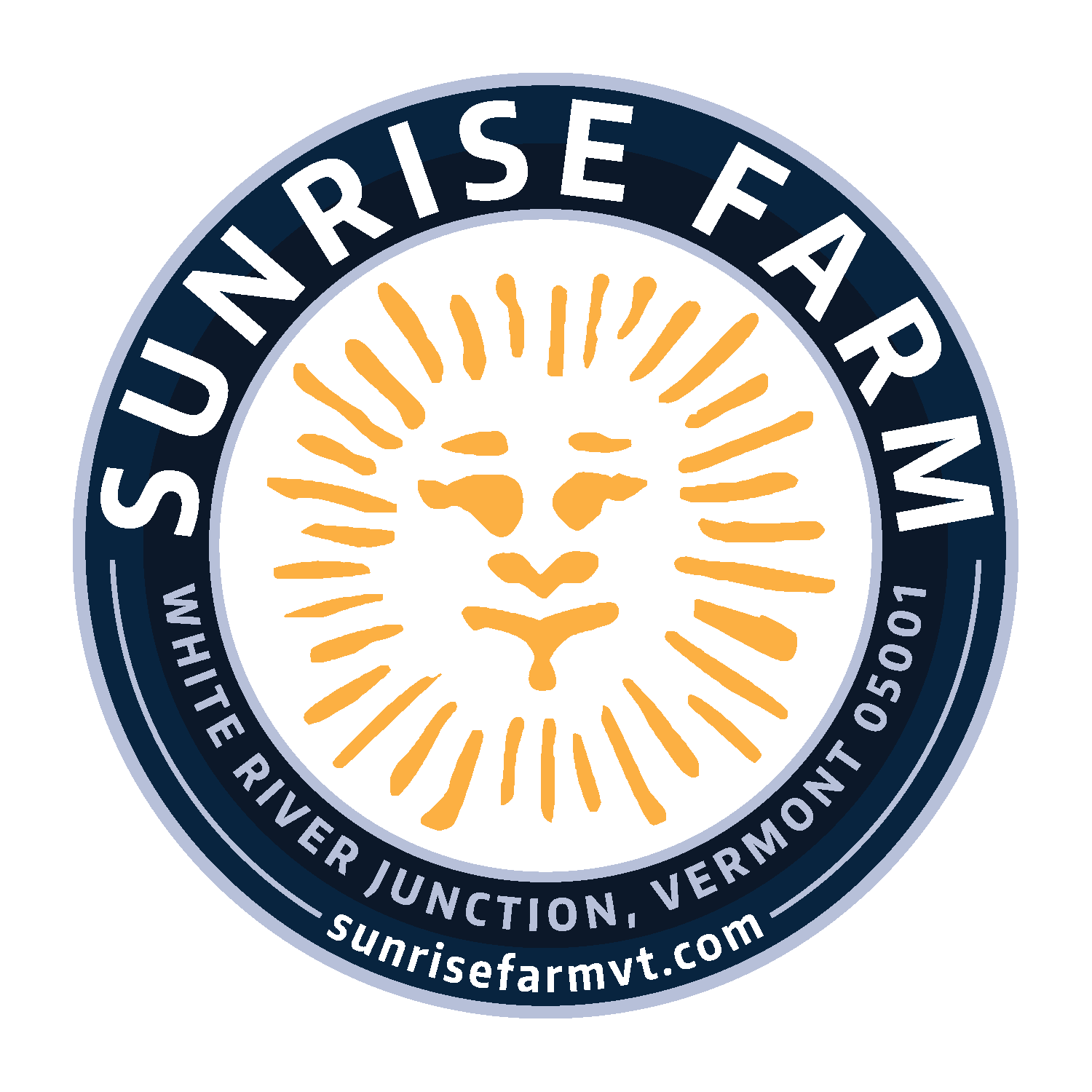Electricity
In 2004, we installed 3.4 kW of photovoltaic panels on the roof of one of our barns. In 2020, we installed 30 more kW, and these two systems provide roughly 100% of our electricity needs for the year, both farms combined. We are also enrolled in GreenerGMP, a program through our electrical company (Green Mountain Power) that enables us to purchase any net-metered electricity entirely from renewable sources. This costs about $200 extra per year.
Heating
For hot water at the home farm, we have two solar panels installed on a barn roof that feed into the house for domestic hot water. In the winter, both the hot water and the main house are heated entirely with wood, utilizing a 140,000 btu gasifier in the basement of the house. The main issue we now need to address is our propagating greenhouse, which is heated by propane from March into May. We're investigating ways to either tie the greenhouse into our wood gasifier system or else install some sort of wood-fired heating system in the greenhouse itself… something more robust than a simple wood stove that would require tending throughout the night.
Diesel
Here is where we’re over the proverbial barrel. We try to minimize the use of the tractors at Sunrise and do much of our planting and cultivating by hand. But we still go through nearly a thousand dollars of diesel fuel per year. We generally use either 5% or 10% biodiesel, but it seems we’re a long way from having tractors powered by renewable fuel. (We did use 100% biodiesel from reclaimed restaurant oil for two years, until we gummed up the fuel system and spent a whole summer purging lines and swapping fuel filters. Nothing sustainable about that!)
Biomass
Even though biomass isn’t 100% renewable, it is a dramatic improvement over burning fossil fuels. We’ve been able to supply many hundreds of tons of biomass chips to the power plant in Ryegate over the years, making our regional electricity supply more sustainable. We are careful to conduct our biomass harvests under the close supervision of the Vermont Fish & Wildlife Department and in compliance with the Forest Stewardship Council to insure that we’re doing everything we can to protect and develop our forest resources and wildlife habitat for the future.


